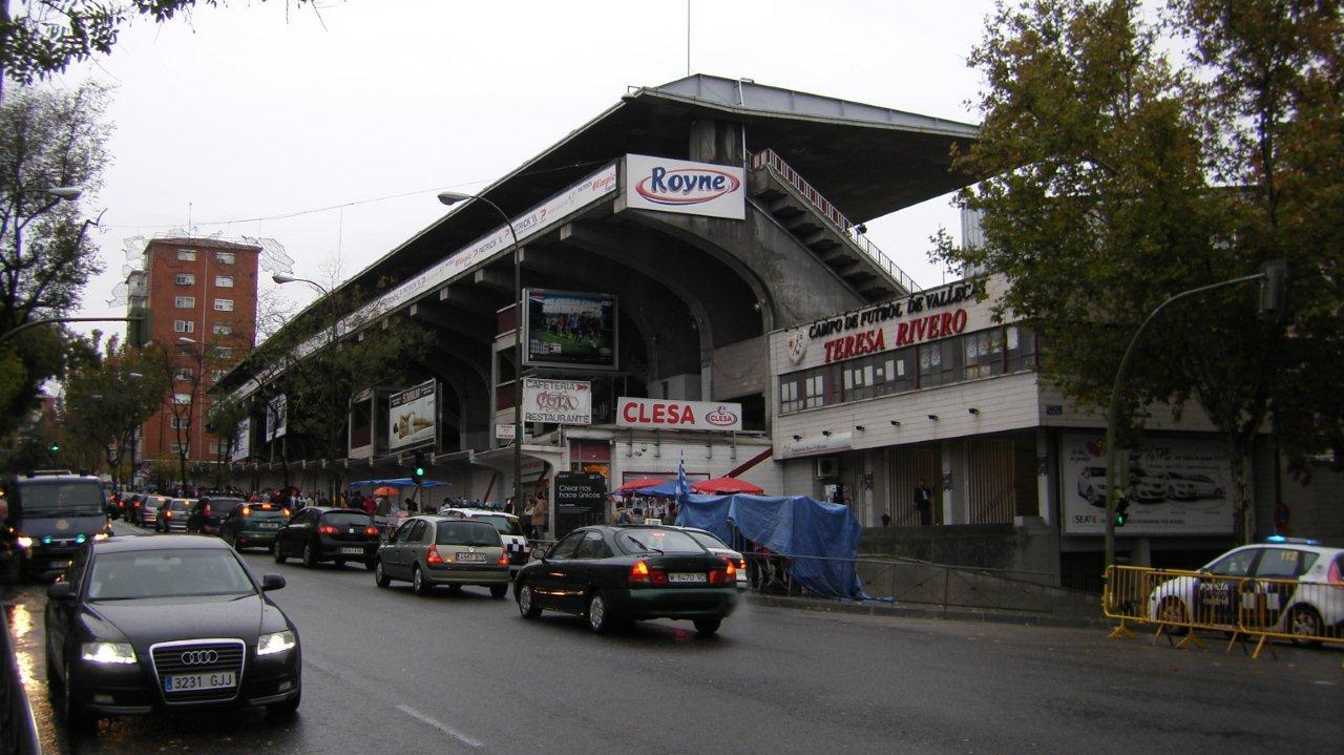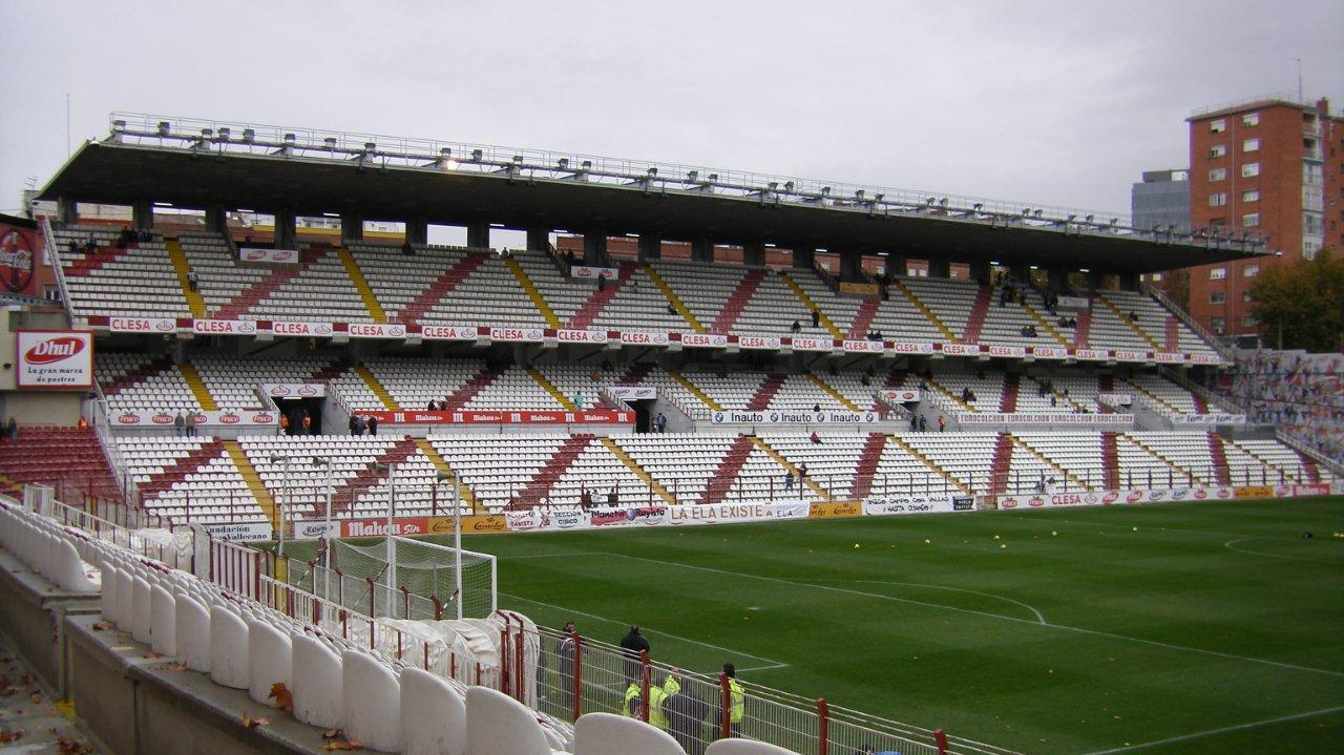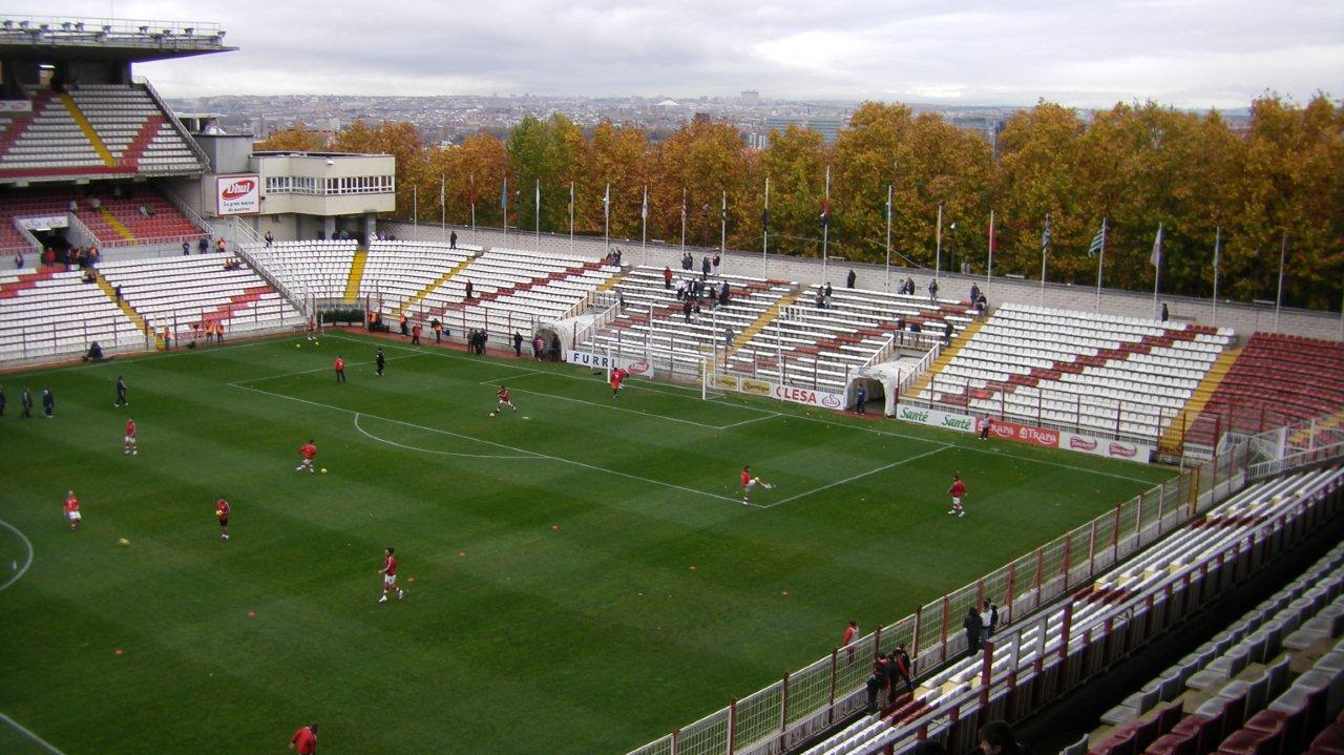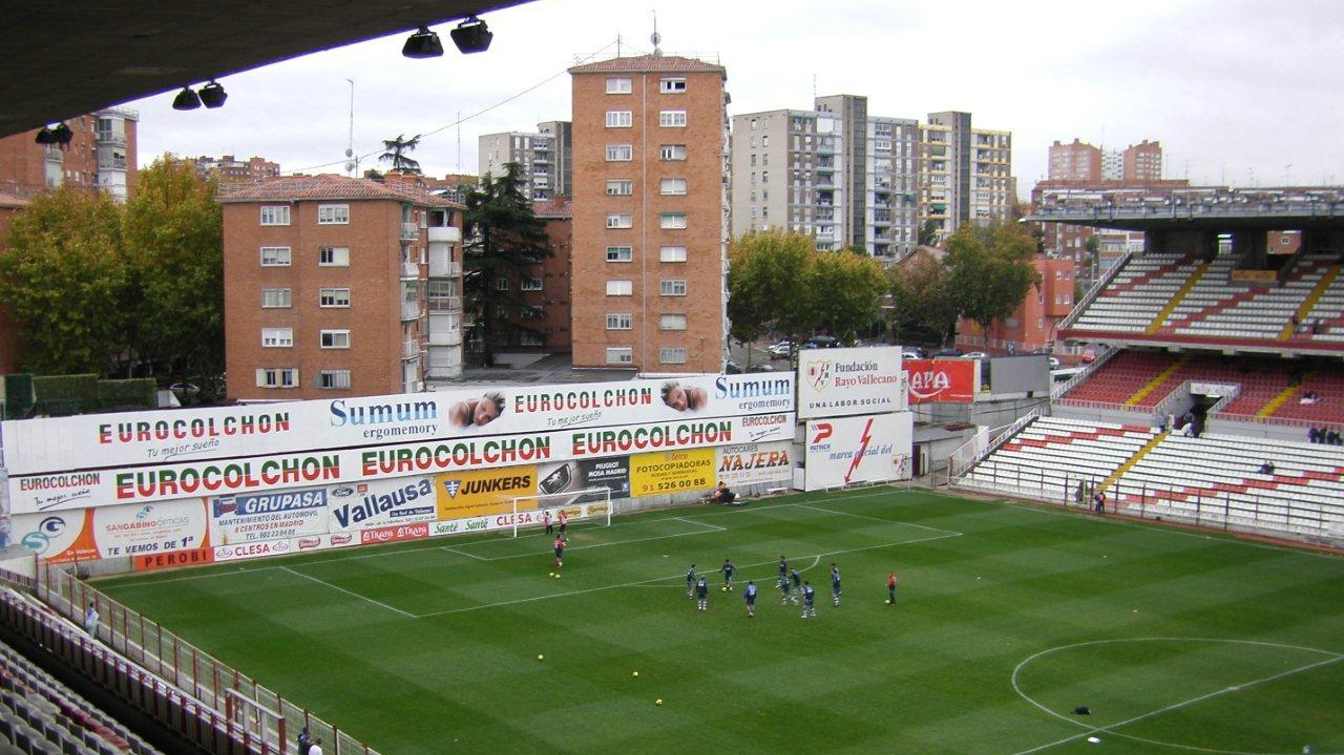Spain: Uneven battle for Rayo Vallecano’s stadium continues
source: El Confidencial, SER, Público, StadiumDB.com; author: Miguel Ciołczyk Garcia
 For several months the club's authorities have had reports of the deplorable state of Campo de Vallecas, but the information has been concealed and no reform has taken place. Fans are still struggling to stay at the ground, but more and more people are asking - does a tragedy have to happen for someone to react?
For several months the club's authorities have had reports of the deplorable state of Campo de Vallecas, but the information has been concealed and no reform has taken place. Fans are still struggling to stay at the ground, but more and more people are asking - does a tragedy have to happen for someone to react?
Advertisement
Did the club suppress reports about the dire state of the stadium?
According to information published at the beginning of March by El Confidencial, in October and November two visits at Campo de Fútbol de Vallecas of the Technical Inspection of Buildings (ITE) revealed a number of defects that could threaten the safety of fans. Despite the ITE putting forward proposals for reform, no work was carried out and we did not learn of the reports until several months later.
Excerpts from a document summarising the conclusions of the reports were posted on X by Rita Maestre, a councillor from the Más Madrid party. The conclusions are devastating: some emergency exits are blocked and signage is incomplete. Evacuation plans were also not found at key locations. The greatest concern, however, is the unspecified negligent maintenance, some of which could compromise the structural safety of the building
.
Deliberate action or extreme negligence?
Rumours of the abandonment of Campo de Fútbol de Vallecas had been circulating in the Madrid district for a very long time, but a February interview of Madrid Autonomous Community president Isabel Diaz Ayuso for AS, as well as the actions of the club's governing body, or rather the lack of them, confirmed the speculation - Rayo Vallecano opts to leave the iconic stadium, described by many as the heart of Vallecas
.
From the outset, the move was strongly opposed by fans, who demanded that the facility be modernised to allow it to still be operable. Meanwhile, neither Rayo's bosses nor the stadium's owner, the Autonomy of Madrid, have made any significant reforms, apart from one in 2020- 2022, when a similar ITE inspection forced them to correct a number of flaws.
With the news of the stadium's dire state that has come to light, the question of who is to blame arises. The Rayo Vallecano authorities and the Autonomous Community of Madrid are directly responsible for the facility. Many wonder if the neglect of the stadium is aimed at forcing a move due to its poor condition, and given the lack of action to improve the situation, this suspicion is very likely.
Footballers, fans and politicians against the club authorities
Oscar Valentín, Rayo's captain, commented for SER on the published information. Everyone is aware of the lack of security when they go to the stadium and how little care is taken of it. It's all neglected,
he said, and pointed out that club president Raúl Martín Presa must look into its upkeep. I hope that something doesn't have to happen for him [the club president - editor's note] to notice the problem
. - added the player.
Such a direct statement from the team captain is further evidence of the divorce between the president and the players and fans. Previous captain Oscar Trejo gave up the captain's armband in October precisely because of a conflict with Raúl Martin Presa. As the club legend admitted, the main reason was a disagreement in the methodology and treatment of staff and fans
.
Rayo fans not only fear that the club will move away from Vallecas center, but are now even afraid to come to matches. Shouts or signs of Presa, vete ya!
(Presa, go away already!), which fans chant at Campo de Vallecas, but also at away matches, have become a routine. The situation is slowly becoming unbearable.
The left-wing PSOE and Más Madrid parties have also come to the defence of the current facility, voting a petition in the Madrid Council not to change the club's location. Motions to stop the move were in turn rejected in the Vallecas District Council, likewise in the Madrid Council. As a result, there is still no political decision, only petitions and declarations.
Fans' protests are gaining momentum
At the beginning of March, before the Rayo - Cádiz match, fans formed a human ring around their stadium to demonstrate their will to fight to remain in the heart of Vallecas. During the match, the visiting fans expressed their support for the protesters, as did the home fans during the away game against Alavés at Estadio de Mendizorrotza. Protests take place during every match of the Vallecas-based club in the 13th minute.
Rayo's supporters' associations have published a manifesto signed by artists, NGOs, fans, companies and the media, in which the authors make their expectations clear: only the modernisation of the stadium will resolve the conflict between fans and club authorities. The attempt to move out has been described as an operation based on economic speculation
.
Why such fierce resistance?
Many may be surprised by such a determined fight for a small venue (14,078 seats) that is nearly 50 years old. However, Estadio de Vallecas is part of the club's history. In a stadium that has a wall instead of a stand, Rayo have beaten European giants but also been relegated to the third division. For fans, therefore, it is a mythical arena, a witness to painful downfalls and spectacular victories, as well as a symbol of the identity of a club that will begin celebrating its centenary in May.
This feeling is further reinforced by the fact that the stadium is located in the heart of the Vallecas district and is more than just a football arena. It is also home to the local community meetings and chess, boxing and billiards associations as well. The facility is therefore a symbol not only of the club, but also of the whole district.
The club has still not made its position known, so it is unclear whether it intends to push for the move or give in to pressure from supporters. According to earlier information, the president is expected to present a new project during the centenary celebrations, but so far there is no indication that it will be smoothly implemented. The club’s 16th position in La Liga adds a note of uncertainty to the whole situation, threatening relegation to Segunda División and the loss of a significant amount of revenue.
Advertisement

 StadiumDB
StadiumDB ©
©  ©
©  ©
©  ©
©